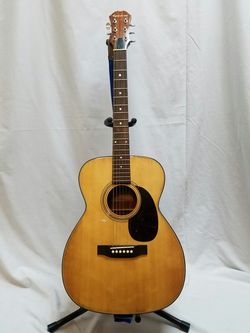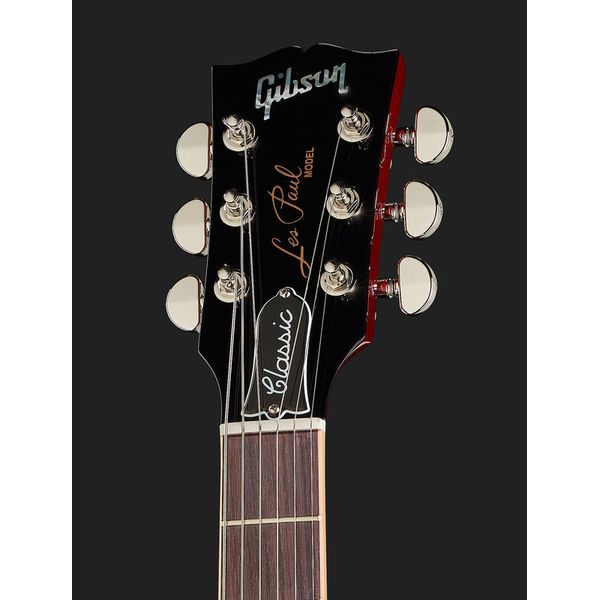

The same energy that had once driven the Gibson/Epiphone rivalry now blossomed into a beautiful partnership, and through McCarty’s leadership Gibson gave new life to Epiphone that still continues to this day. McCarty was initially interested only in Epiphone’s upright bass-making business, but when he found out that the price included everything, including the tools, fixtures, work in progress and even the company name, he decided to establish Epiphone as a subsidiary of Gibson. Shortly after Frixo’s death, Orphie called McCarty and offered to sell the Epiphone company to Gibson for $20,000. As the design genius behind the Gibson Les Paul, Flying V, Explorer and ES-335, McCarty successfully ushered Gibson into a new golden era. Ted McCarty, who became president of Gibson in 1950, played a significant role in bringing Gibson back from the reversals and doldrums of the war years. Ironically, it was Epiphone’s biggest competitor, Gibson, that breathed new life into the company. When Frixo died in 1957, Orphie’s interest in running Epiphone seemed to die as well. His brothers Orphie and Frixo carried on the business for the next few years, but eventually Frixo moved to Ohio in 1947 to start his own new company.

Epiphone suffered an even bigger setback when Epi died of leukemia in 1943 at age 49. Like most other American guitar companies during the Forties, Epiphone persevered but struggled due to shortages of materials and other economic challenges caused by the United States’ involvement in World War II. “A lot of the great players did back in those days, when you really had to thump out the rhythm. “The great players like George Van Eps, Carmen Mastern and Freddie Green all had Epiphones,” Les recalled. For example, when Gibson introduced the Super 400 in 1934, which featured an 18-inch body and was Gibson’s largest archtop at that time, Epiphone responded by developing the Emperor, which boasted an 18 1/2-inch body.


The rivalry between Gibson and Epiphone significantly drove the evolution of archtop acoustic and electric guitars during this period. Gorgeous and stylish, these instruments lived up to their big city, aristocratic names– Broadway, Emperor, De Luxe – in every way. Almost from the very beginning of Epiphone’s guitar production efforts in 1928, there was a synergy between the two brands – somewhat adversarial at first, but also with considerable admiration on both sides.Įpiphone’s guitar production expanded rapidly during the Art Deco Thirties, and the company quickly became known as a preeminent maker of jazz archtop guitars.
#Epiphone model number pr 600 n serial number#
For example, after 1969, it’s unlikely your guitar would have a label saying it was made overseas, but you might have a seven-digit serial number that could tell that story.The rivalry probably existed well before then, but as Epiphone eventually transformed its primary focus from building banjos and mandolins to guitars, the competition between the two companies became increasingly evident. Norlin acquired CMI and moved all of the production of Epiphone to Japan and subsequently to Korea.ĭuring each of these transitions, there were also changes made to how the instruments were labeled, which is part of the reason why the serial number identification process is so confusing. As they already owned Gibson, this merge brought the two powerful brand names under one umbrella. In 1957, the Chicago Musical Instrument Company (CMI) acquired Epiphone. They grew in popularity and by the 1950’s, became Gibson’s main rival. In the 1930’s, they switched up their business model and began producing high-end guitars, and became the only manufacturer to successfully make the transition. To understand the significance of the Epiphone serial number, we first need to look at how their company historyintertwines with that of Gibson.Įpiphone started as a family business in 1873 as a luxury banjo manufacturer.


 0 kommentar(er)
0 kommentar(er)
